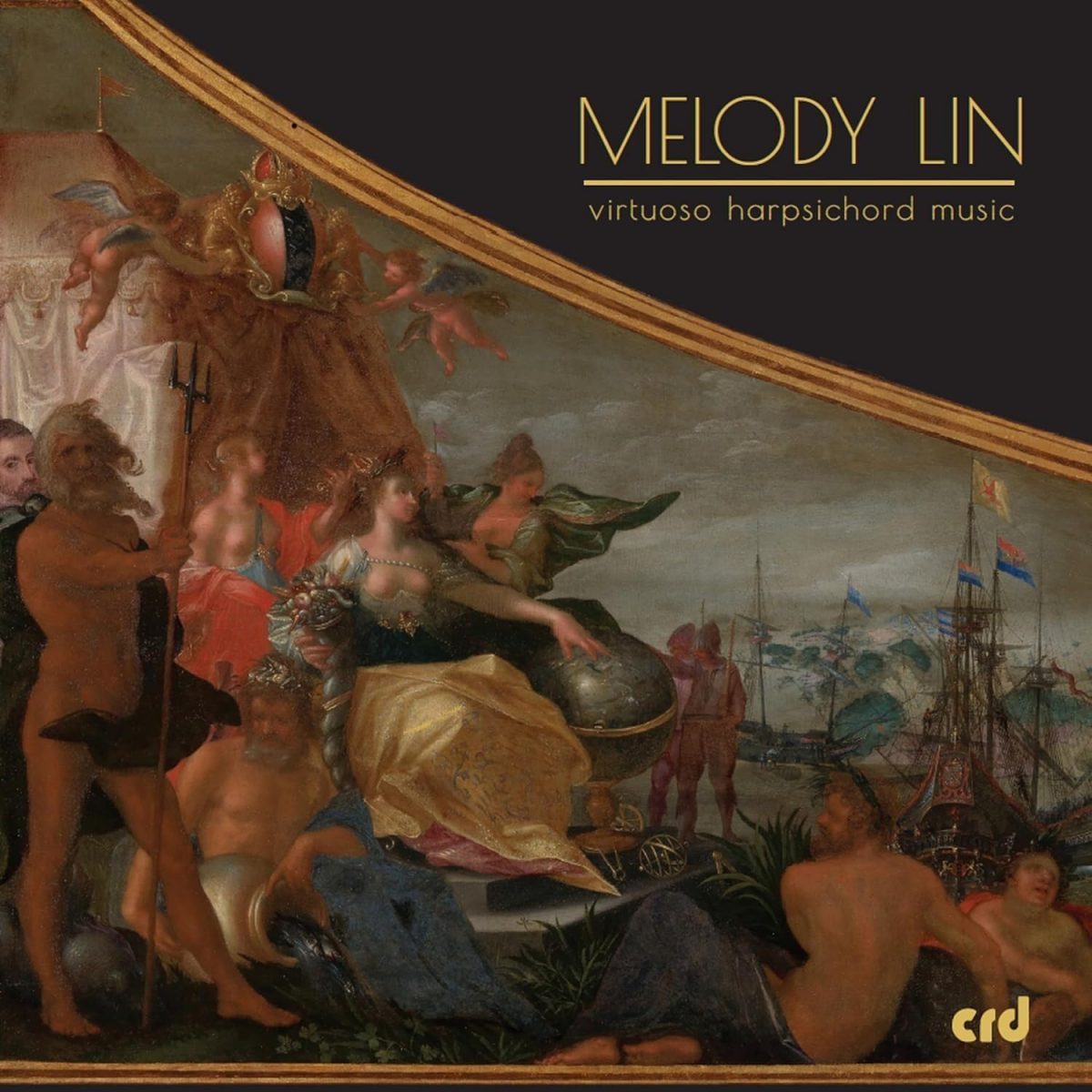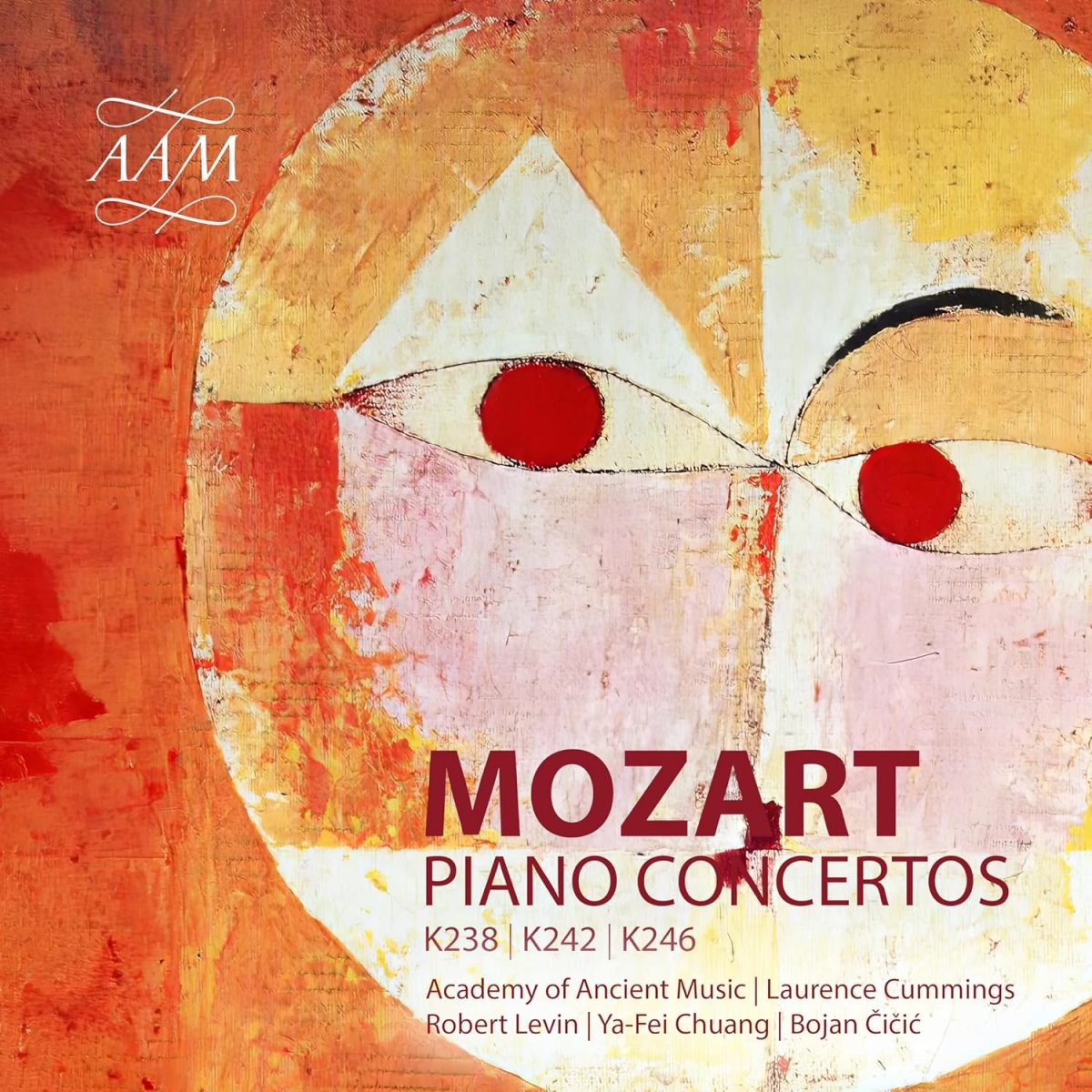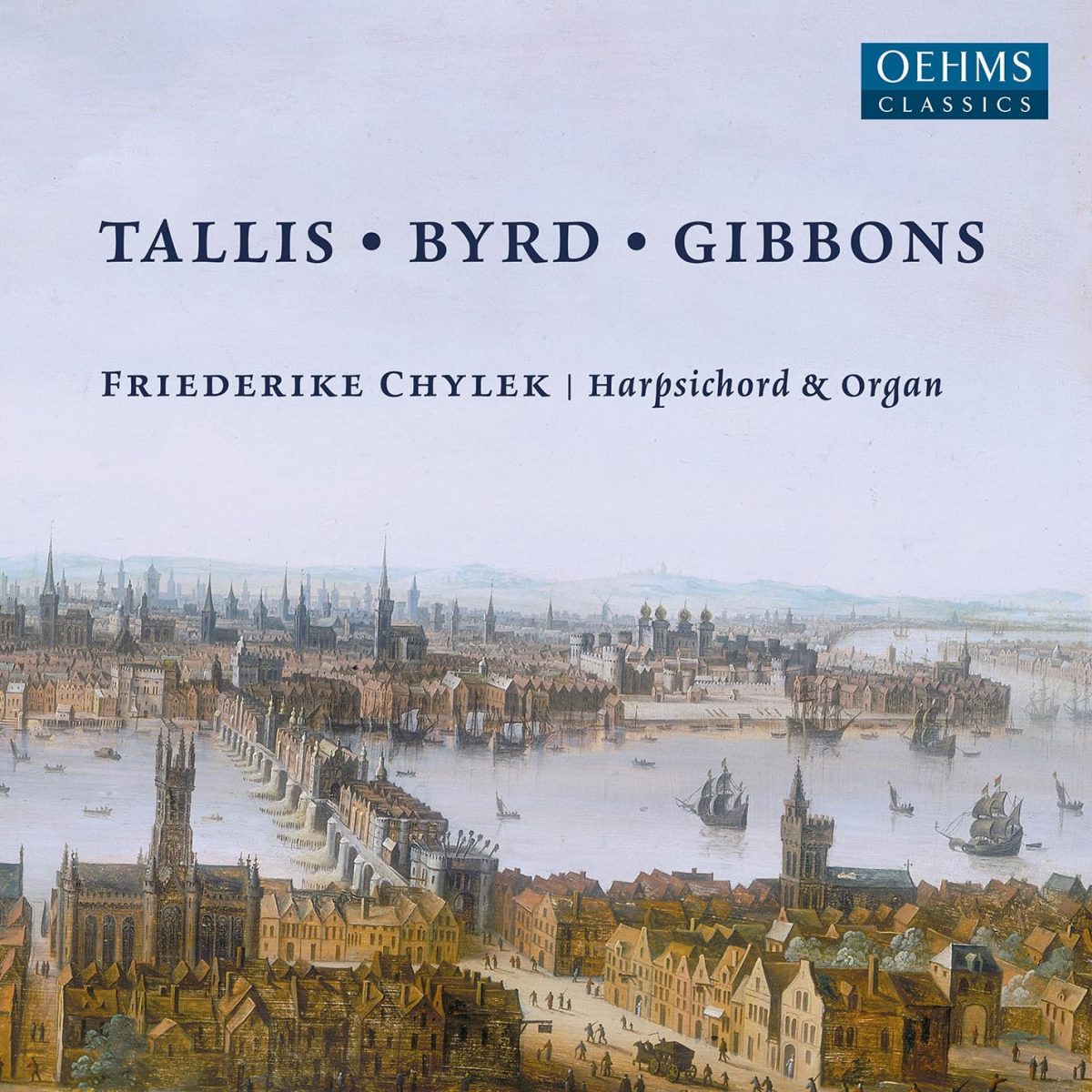Robert Levin fortepiano, Louise Alder soprano, Academy of Ancient Music, conducted by Richard Egarr
66:39
AAM AAM045
This is a significant issue which finally brings to a close a series that was started thirty years ago but was brought to a halt after the AAM’s contract with Universal (Decca) ended. In 2023 the series was resumed on the AAM’s own label, the five CDs needed to complete the series now issued and reviewed by EMR. It is perhaps a piece of serendipity that this final CD is to my mind the most satisfying of the series since its resumption. I think there are three definable reasons: firstly, the restricted sound quality of several of the previous discs has concerned me. Here the venue is for the first time St John’s Smith Square and for whatever reason the quality is more open and spacious than other recent discs; also the fortepiano Robert Levin uses here is a beautifully-toned copy of a Viennese Anton Walter instrument of 1795 by Chris Maene of Ruiselede, Belgium. Warmly and roundly characterful across its range, it responds to Robert Levin’s fluent passage work to often mesmerizing effect. Finally, former AAM director Richard Egarr’s lively, positive direction seems to me a step up from that on other recent recordings in the series.
A further reason to celebrate this issue is of course that the CD includes not only two of Mozart’s greatest piano concertos but also one of his finest concert arias. The scena consists of an accompanied recitative and aria, Ch’io mi scordi di te? … Non temer amato ben, K505, the reason it is included here being that it includes an elaborate concertante part for keyboard. It was written for Nancy Storace, his first Susanna in Le nozze di Figaro, on the occasion of her final concert in Vienna in 1786. Mozart’s catalogue of works records that it was written for ‘Mlle Storace and me’, underlining suspicions that the relationship may have been more than simply a professional one. More importantly, it is sung with affectionate warmth by Louise Alder, who displays some fine chest notes and whose ornamentation is excellent with the exception of the absence of cadential (or any other) trills.
It has long been known that the oft-referred to ‘valedictory’ qualities of Concerto No. 27 in B-flat, K595 belong to the imagination, since it is now known to have been composed earlier, probably between 1787 and 1789, than was once believed. However, Cliff Eisen’s notes advance an argument for the same thing applying to Concerto No. 25 in C, K503 an idea new to me. Eisen argues that at least in part it may date from between 1784 and 1786, thus making it one of the works Mozart is known to have started and then put aside for completion when he wanted a new work. More importantly, as noted above, both works are among the greatest Mozart composed in a genre that he transformed over the course of his lifetime. For sheer grandeur he never excelled the opening Allegro maestoso of K503, the contrast with the reflective opening movement of K595 here underlined by the gentle, almost understated treatment of the latter.
Detailed comment on the individual concertos can be restricted to a few points. The opening of K503 might have benefitted from a little more ceremonial pomp, though that impression does not apply to its return after the development. The secondary idea in the same movement might be considered a bit brisk and inflexible. The ornamented entry by the piano in the central Andante of the same concerto is magical and the final Allegretto has a nice sense of operatic bustle. In K595 the unexpected restlessness that develops in the central Larghetto is well brought out, while the solo oboe’s beautifully played lead-back to the main theme can serve as a special example of the high quality of the AAMs playing.
Overall, the merits of Robert Levin’s playing by now need little further rehearsing. His ability to shape Mozart’s lines with equal idiomatic insight in both passaggi and cantabile is a joy, while his imaginative ornamentation never exceeds the bounds of stylish decoration. As already made clear this is a truly fitting conclusion to a series that for long looked as if it would remain a torso. Congratulations to all that oversaw its completion are very much in order.
Brian Robins









